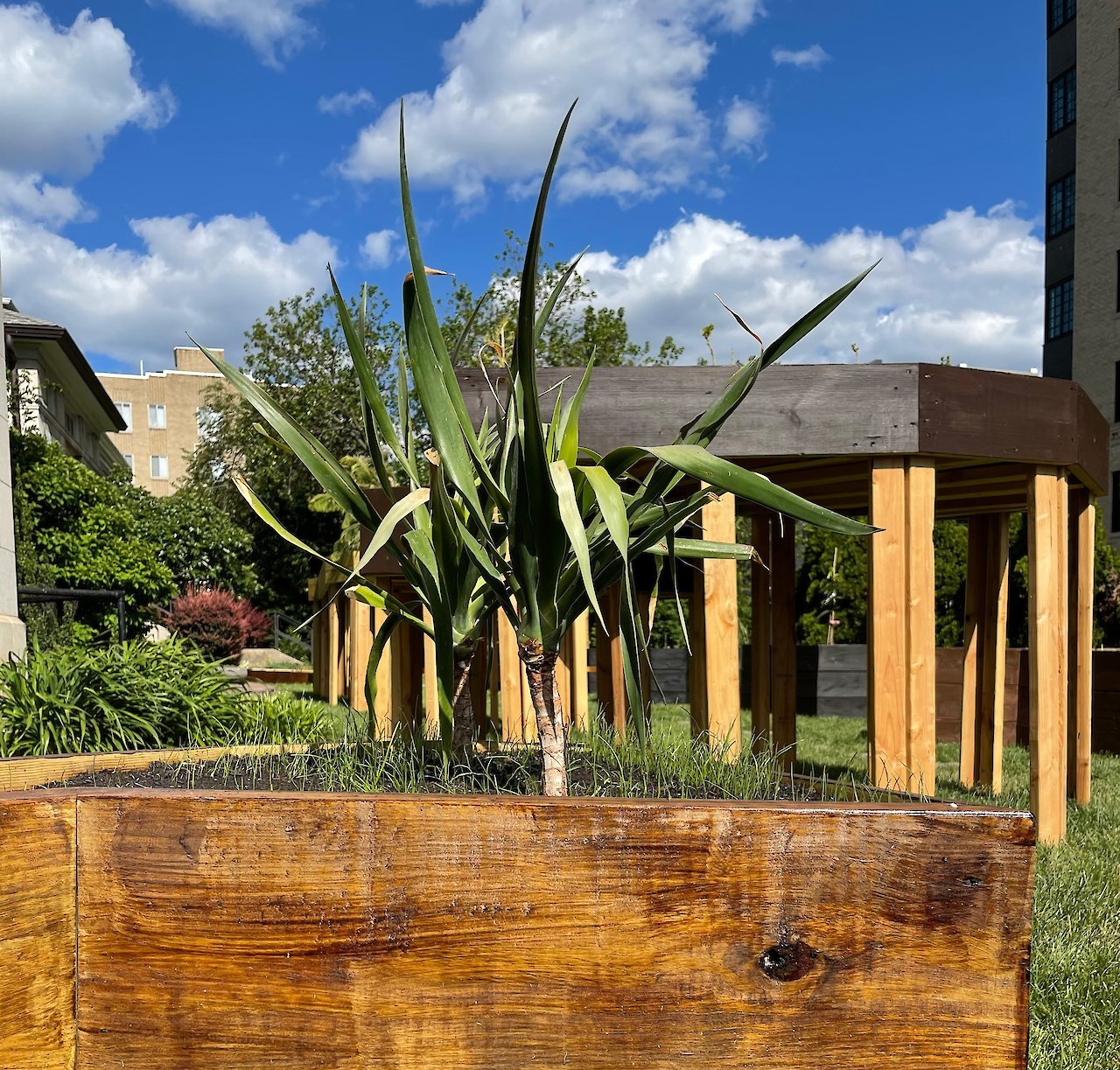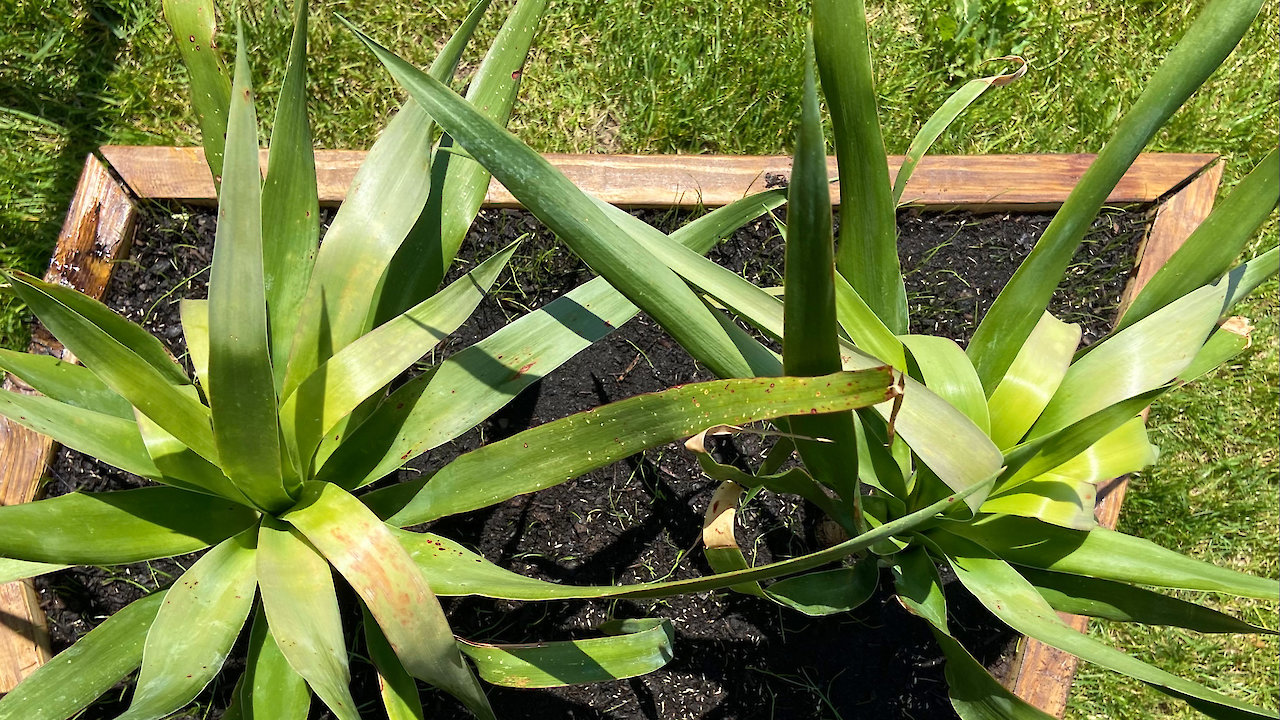Tenerife (Spain)
Stop 2
Ecological capital
Legend
The height of the beds is connected with the natural resources produced and used by each of the countries today. The elevation of the beds represents the natural resources value, being the tallest the one with more Ecological Capital. This graphic contrast the percentage of global natural resources the country uses vs the percentage of global natural resources they have.
Demographics
- Native and others (17%)
- Western descent (83%)
Legend
The color of the beds is connected with the ethnographic diversity of the places they represent today. The colors ranging from natural wood to black reveal the demographic reality divided in this graphic between people from Western descent vs Native & others.
Dragon Tree
Dracaena Draco
The Dragon Tree is a native subtropical tree originally from the Macaronesia, including the Canary Islands, and southwest Morocco. Stories about this mystical tree and its blood resin go back to Greek mythology, where these “dragon trees” were believed to have emerged from blood flowing upon the land from the slain hundred-headed dragon Ladon. And throughout history its resin has been harvested for its medicinal uses including cosmetics which still prevails today.
On September 26th, Magellan’s fleet stopped at Tenerife in the Canary Islands, where they took in supplies including vegetable and pitch, which were cheaper to acquire there than in Spain. During the stop, Magellan received a secret message from his father-in-law, Diogo Barbosa, warning him that some of the Castilian captains were planning a mutiny. He also learned that the King of Portugal had sent two fleets of caravels to arrest him.
The Canary Islands hold today one of the only known wild endemic populations of Dracaena Draco. Today this tree is cultivated and widely available as an ornamental tree for parks, gardens and indoor houses.

